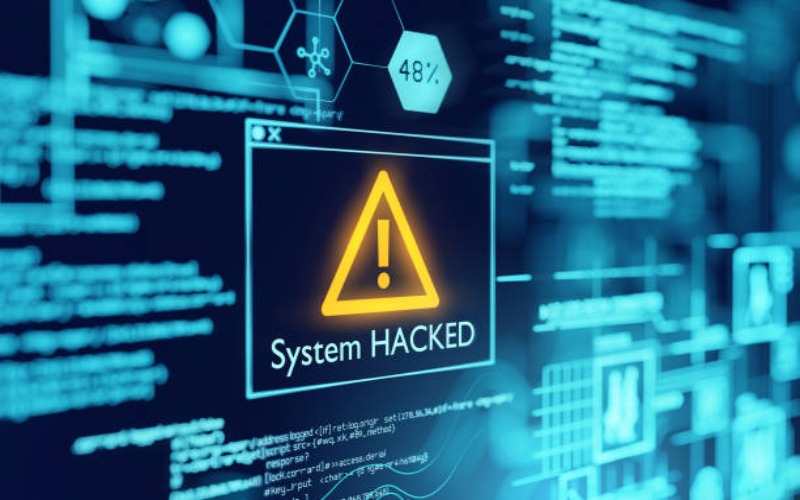
January 2, 2025
CHECK THIS OUT
Companies are prime targets for cyberattacks due to the extraordinary transparency and software vulnerabilities inherent in digital operations. Traditionally, threats to the bottom line and enterprise stability were primarily internal. The modern landscape, however, presents a mix of internal and external security risks that jeopardize client data, reputations, and business operations.
Merely reacting to cyberattacks is no longer sufficient. Proactive security requires foresight, strategic preparation, and collaboration across all organizational levels, from the DevSecOps programmer to the C-suite. Cyberthreats are evolving at a breakneck pace and becoming more creative, multifaceted, and unpredictable. Businesses that prioritize security from the outset mitigate risks, foster consumer trust, and build the foundation for long-term resilience in an increasingly hostile digital environment.
As companies shift from a reactive approach to security protocols to a continuous methodology, a security-first approach emerges as the most effective defense. By prioritizing company protection above financial concerns, organizations can safeguard their bottom lines and avoid costly post-breach damage control.
Unfortunately, many companies still rely on reactive approaches such as employee training and “bug bounty” programs, which offer rewards for uncovering weak links in the security chain. These event-driven tactics, while valuable, are far costlier in time, money, and reputation than adopting security-first principles from the onset.
The concept of “good enough security,” in which the organization is just as prepared as its competitors, is a common baseline for many enterprises. This approach attempts to strike a balance between protection and practicality but relies on bare minimum and passive security tactics. High-profile breaches, like Capital One’s 2019 hack, underscore the dangers of inadequate security measures and misplaced trust.
Despite using Amazon Web Services (AWS) as a third-party provider, Capital One failed to sufficiently protect its systems, exposing sensitive data belonging to 98 million customers. Over five years, the breach cost Capital One over $190 million in settlements, not including internal recovery efforts and reputation damage. “The government called it the second-largest hack of personally identifiable information (PII, in security parlance) in history.”
Similarly, the 2024 Volt Typhoon incident, a China-linked attack targeting routers used by small and home-based businesses, demonstrated the ever-expanding sophistication of cybercriminals. These cases highlight the urgent need for robust, proactive, and collaborative security measures to counter rapidly evolving threats.
To transition to a proactive security approach, organizations can adopt the following best practices:
The sophistication of the programming and launched attacks continues to grow and evolve. On average, data breaches are attempted every 39 seconds. In 2020, Verizon’s Data Breach Investigations Report showed that 28 percent of breaches impact small businesses, so there is no protection in having lower visibility. Yet, the Thales 2024 Data Threat Report states that efforts to combat data breach threats and ransomware attacks remain alarmingly low, cumulatively increasing DevSecOps challenges. “Over half (53%) have implemented a formal security champions program as part of a DevSecOps program.” This leaves nearly the other half of organizations unprotected and playing defense in a game almost overwhelmingly built on offense.
The role of cybersecurity must evolve from a reactive stopgap to a foundational business initiative. For too long, organizations have treated the DevSecOps team as first responders rather than strategic partners. It’s time for a shift from this outdated mindset. Leaders who overcome a reactive approach and lead the way to best-in-class security-first measures can transform security into a competitive advantage.
The lesson for leaders is clear: visionary thinking is as vital in cybersecurity as in business strategy. Rather than simply keeping up with threats, organizations must aim to anticipate and outpace them. According to Google Engineering Director Matthias Marschal, “The key in such a transition to continuous delivery is to expect things to get worse before you’ll be able to make them better.” Companies that thrive recognize cybersecurity as an investment in innovation, trust, resilience, and long-term success.
Saket Patankar is a senior software engineer at an industry-leading social technology company with extensive experience in full-stack development, infrastructure, and security. His career includes impactful contributions to leading tech companies with a focus on security, automation, machine learning, and system reliability. He holds a master’s degree in information systems from Northeastern University. Connect with Saket on LinkedIn.
We hate spam too. You’ll get great content and exclusive offers. Nothing more.
INNOVATIVE PROPERTIES WORLDWIDE, INC.
720.476.4920
Follow Us
©Innovation & Tech Today 2025. All rights reserved.
IPW
